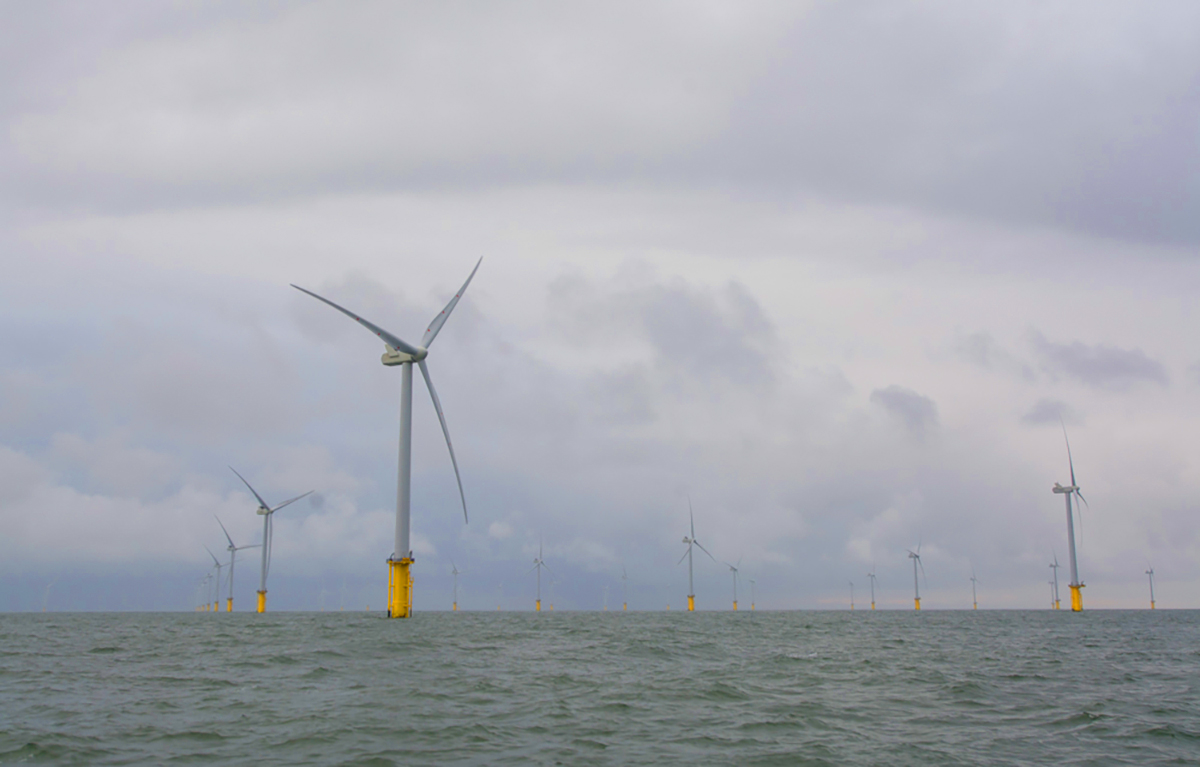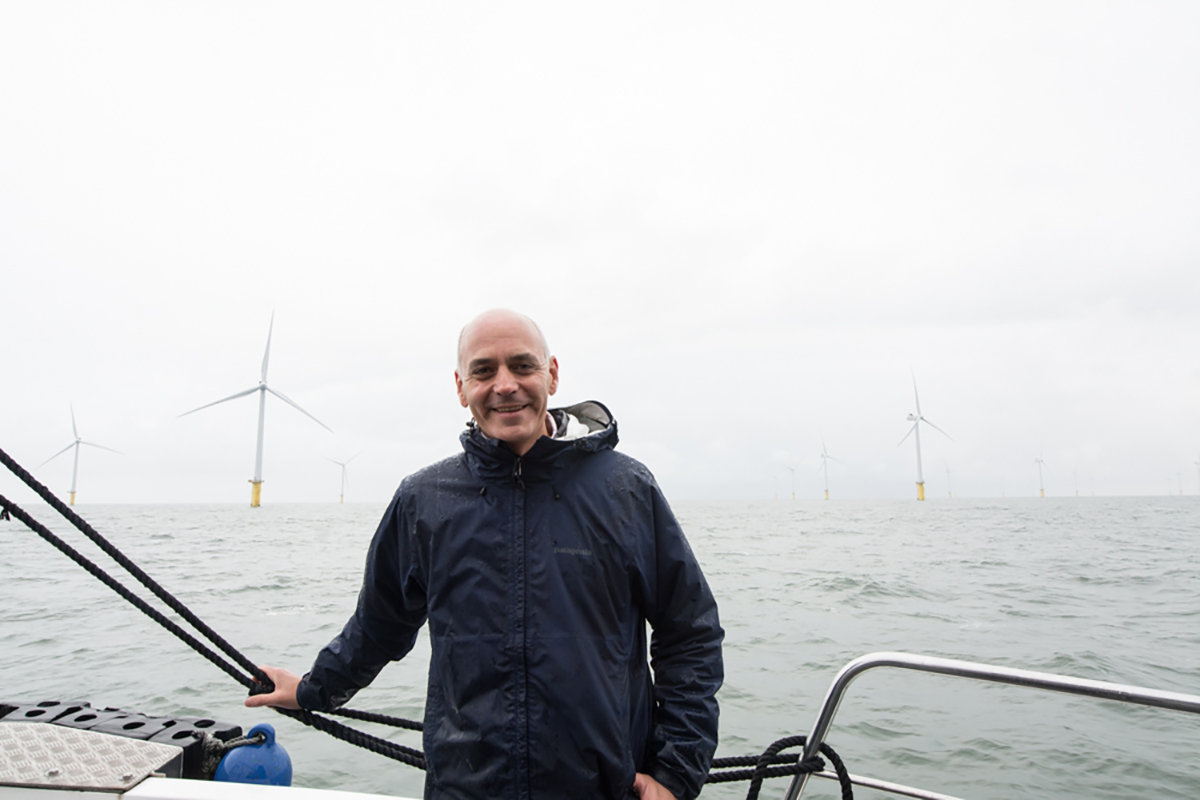How do Australia and the UK compare when it comes to climate action? Dr Martin Rice, Head of Research at the Climate Council, travelled to the UK with a group of Australia’s most prominent journalists to investigate.
The difference was clear from day one
Right from our very first day in London, the difference between Australia and the UK’s attitude towards climate change was clear. On our first morning, we met with Baroness Julia Brown, who is the Vice Chair of the UK Committee on Climate Change. This committee is made up of a highly influential group of experts that make science-based recommendations to the British government, such as the need for net zero emissions. And, as luck would have it, the British Prime Minister announced the UK’s target of net zero emissions by 2050, that very same day. The news broke just as Australians were tucking into bed after the government’s approval of the Adani coal mine. The response to climate change really did feel like night and day.
Support across the board
A few things struck me as the UK made its net zero announcement. The Confederation of Business and Industry, which represents 190,000 businesses, came out in support of the Prime Minister’s announcement. The target also received bi-partisan support in parliament. All the candidates jockeying to become the new Prime Minister gave their wholehearted support to end British emissions and ultimately, its contribution to climate change.
And all this happened just as the UK had been powered without coal for well over two weeks; the first time since the start of the industrial revolution.
It’s true, nuclear played its part. But recent commentary suggests that while nuclear is an important part of the UK’s energy mix, its role will decline in coming years.
From an Australian perspective, there is no place for nuclear when you consider that we live in the sunniest and one of the windiest countries in the world. Yet even still, the UK has a larger share of renewables in its energy mix – 33% in the UK, while Australia has 21%.
Bipartisan support for action on climate change
In the UK, bipartisan support for climate action led to a world first – the Climate Change Act, which enshrined the country’s emission reduction target in legislation. It was passed ten years ago with a near unanimous vote (more than 450 MPs voted yes, only 3 voted against it). This bipartisan support has continued despite the political turmoil of Brexit, and has provided investment certainty to help accelerate the uptake of renewables.
Financial institutions have also called for climate action. The Bank of England governor Mark Carney took a global stand by warning firms that fossil fuel assets may lose value as we tackle climate change.

Offshore wind turbines of the coast of Grimsby, Northeast England. Image Credit: Violette Snow, Climate Council
Government and industry are working together
There has also been a strong partnership between government and industry. In March 2019, the UK Government announced a new joint government-industry Offshore Wind Sector Deal, with plans for a third of British electricity to be produced by offshore wind power by 2030. The government says jobs in offshore wind will triple by 2030 to 27,000.
Technology is advancing as production costs fall
Technology is moving at a rapid pace, and the costs of production are falling dramatically. Wind farms are getting bigger and bigger and are being built in deeper and deeper water. The UK now has more offshore wind capacity than any other country in the world, with 8,200 MW – equivalent to around one-third of Australia’s coal capacity.
Dr Stephen Wyatt of Catapult ORE (offshore renewable energy) reckons the UK is installing one 12MW offshore wind turbine per day; that’s enough to power 28,000 homes!
The UK’s offshore wind farms are now at such a scale that its energy generation is on par with large fossil fuel power stations.
Renewables are breathing new life into struggling towns
As part of the media insights trip, we visited Grimsby: a former fishing hub and once the world’s largest port, but in recent decades the town had fallen on tough times. Things had been grim. But the offshore wind industry is giving Grimsby a new lease of life. Offshore wind has been fast tracked because of competition for land and tight regulations for onshore wind in the UK. The industry is also benefiting from the expertise of the oil and gas industry which is used to operating in harsh environments. The North Sea can get wild! (just ask my poor colleague who was seasick on the boat).
I find it really exciting that Grimsby is benefitting from 21st century technology while maintaining its rich maritime history.

Dr Martin Rice at an offshore wind farm off the coast of Grimsby, Northeast England. Image Credit: Violette Snow, Climate Council
The UK is proof that large-scale climate action is possible
After being in the UK, I have wind in my sails. I’m confident that Australia can become a global renewables powerhouse, and I can see the shoots of the new economy already sprouting.
At a state level, South Australia is a global leader in renewables and battery storage, and is on track to meet its goal of 100% renewable energy by 2030. In Queensland, the aptly named sunshine state, a third of all households have rooftop solar systems.
And locally, over 100 councils, representing more than 11 million Australians, have signed up to the Climate Council’s Cities Power Partnership – the largest local government climate network in the country. One of my favourite examples is Kidston, a former mining town in QLD, which has embraced the switch to renewables by building the first combined solar and pumped hydro storage project in the world.
States, territories, local councils and communities are increasing the uptake of renewables, sustainable transport and energy efficiency right across the nation. But we need federal leadership, like in the UK, too. Australia is one of the sunniest and windiest countries in the world. Imagine what we could do.